Weeds can be treated in any growth stage, yet the most resource effective and environmentally efficient time to treat or remove weeds is at the seedling stage. Requiring less energy and less herbicide, seedlings or should we say, ‘weedlings’, can be removed to allow native ‘seedlings’ to establish with limited competition. However, this poses a threat, as native seedlings can be difficult to identify, or lost under annuals or worse, mistakenly identified and removed as weedlings.
The loss of native seedlings can have a detrimental impact on not only the biodiversity of an ecosystem, but also on your arduous work of ecological restoration. In a small restoration site, there may only be a limited number of plants that germinate of a local threatened species. The loss of those individuals may result in the species being unable to increase their population or survive. Therefore, seedling identification is vital to increase biodiversity when practicing assisted natural regeneration (i.e. weed control).
The ability to correctly identify seedlings, and therefore confidently remove weedlings, can increase the rate of native plant survival and speeds up the process of forest restoration. Until now, this skill was learnt by years of practice in the field or restoration industry or working in a native plant nursery. Personally, I have a fascination with sub-tropical rainforest seedlings and spent hours looking at forest seedlings trying to determine what and where the parent trees were. Either way, this is a skill that can be enjoyable to learn and hugely beneficial to your restoration works.
As with learning mature plant species, firstly learn the ones that occur at a site you visit regularly. Becoming familiar with both native and exotic species within the site and adjoining areas is key, as these are the species that are more likely to be germinating. The botanical features and characteristics that each plant species possess are generally present at the seedling stage.
The key to identifying seedlings is to first look for mature trees, then look for immature specimens at a sapling stage, then continue to look for younger plants until you start seeing seedlings. Notice that some species will have tell-tale botanical characteristics that helped you identify the mature tree in the first place. Seedlings will often be found under the drip lines or within close proximity of the parent trees, so when trying to identify seedlings look up and around and the site will give you the answers.
This practice can be challenging yet rewarding. It can also provide motivation when conducting laborious restoration techniques. Knowing the desirable plant species present on the site may be the stimulation needed to motivate you to conduct further work. Even seasoned bush regenerators get enthusiastic about seeing favoured seedlings, or maybe that’s just me.
If you cannot identify a seedling, let it mature a bit more until it discloses identifiable features. Most plants, except annuals, do not set seed very quickly, so you should have time to wait. Even Madeira Vine will take a couple of months before it can produce a viable tuber or threaten your restoration works.
It is not critical to know every weedling on your site. Learn the problematic weeds first such as the ones that produce masses of seeds quickly, or can inhibit seedling growth, or can threaten the integrity of the ecosystem. These are the weedlings that you need to focus on. Other weedlings can have lower priority for removal and you may need to leave them and focus your efforts on the priority problematic weedlings.
As previously mentioned, native seedlings can be mistakenly removed when confused with exotic weedlings. During my career as a bush regenerator I have noticed this on many occasions and not just when working with trainees or volunteers, even experienced bush regenerators can make the same mistakes. These mistakes cannot just be attributed to inexperience or inappropriate operators; these mistakes happen because the similarity between native and exotic species makes them look almost identical.
“If you do not know, then let it grow.”
One of the most common environmental weeds on the east coast of Australia is Camphor Laurel (Cinnamomum camphora), which is a tree in the Lauraceae family. There are over 100 native Lauraceae species within Australia and many of them have very similar characteristics to Camphor Laurel. Some native Lauraceae species look almost identical to Camphor Laurel at the seedling stage.
For example, White Bolly Gum (Neolitsea dealbata) seedlings look so alike Camphor Laurel weedlings that they are often mistakenly sprayed or removed because of these similarities. Both have the same leaf shape, size, coloration and even have the same prominent yellow venation distinguishable to the Lauraceae family, they even have the same glaucous underside of the leaf. Once about 200mm high the Bolly Gum’s leaves will have grown considerably, and any new growth will have a purplish brown appearance. Camphor Laurel leaves will always have that distinctive smell, yet removing a leaf to crush and smell can be detrimental to a seedling and this should be the final check. However, there are subtle differences and learning these key features can be achieved with experience.
Even the most common weed in Australia, Lantana (Lantana camara) has its own doppelgangers, and they are both common native pioneer species occurring after any disturbance. Native Mulberry (Pipturus argenteus) and Poison Peach (Trema tomentosa) both look similar to Lantana at seedling stage and are often incorrectly identified and mistakenly removed.
Recently I developed a series of training workshops to assist people to learn identification skills for commonly confused seedlings and weedlings. Through a visual presentation and hands on practical experience, these workshops allow attendees to identify the botanical features of common environmental weedlings and native pioneer seedlings. My passion for this topic stems from 20 years of experience in instructing volunteer and trainee bush regenerators to avoid off target damage when conducting ecological restoration. If you are interested in these workshops, feel free to get in touch at rustleinthetrees@outlook.com
So, get out into your site and get down to seedling level and look for those little gems hidden amongst the weeds before you go furiously hand weeding or spraying. Who knows what you might find?
Native Pioneer Species
Native Mulberry
- Opposite leaves
- Reddish petiole
- Longer petiole
- Leaves increase in size
Exotic Environmental Weed
Lantana
- Opposite leaves
- Leaf bases almost touch
- Leaves aromatic
- Petioles stay short
Article and photos by
Russell (Rusty) Linnane
Bush Regenerator

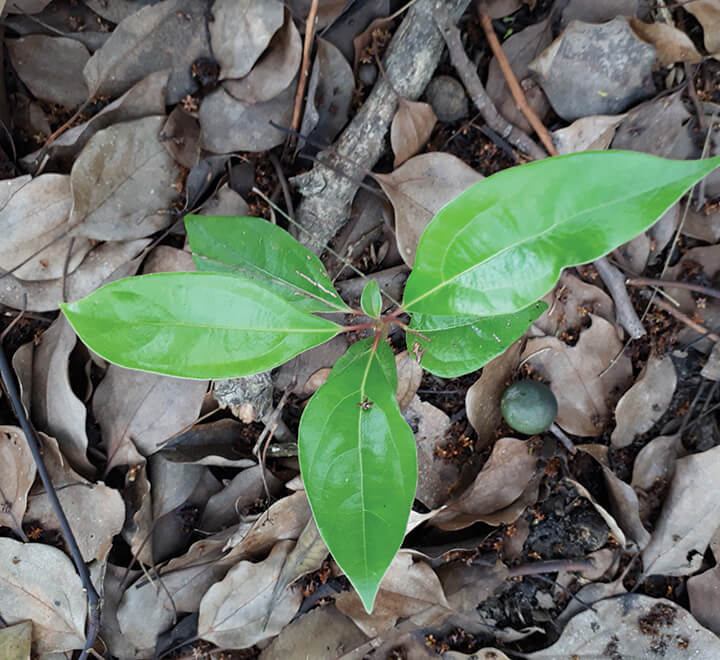
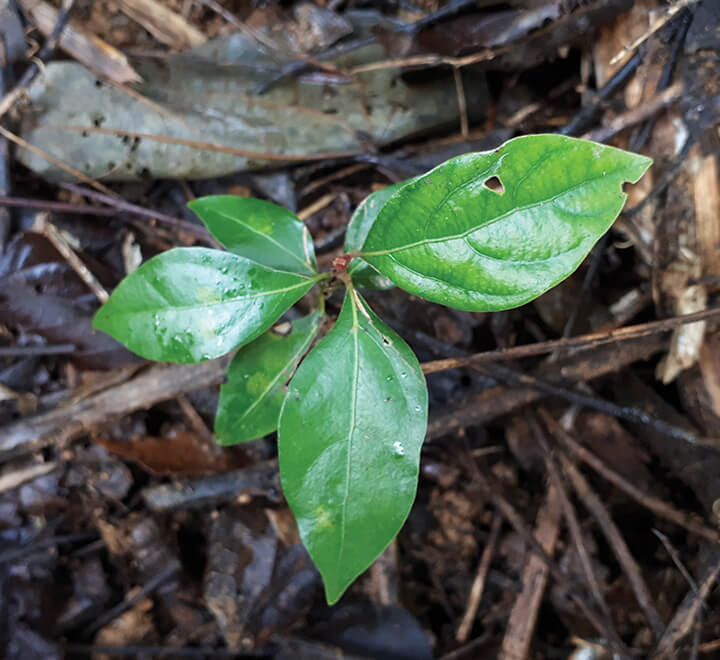
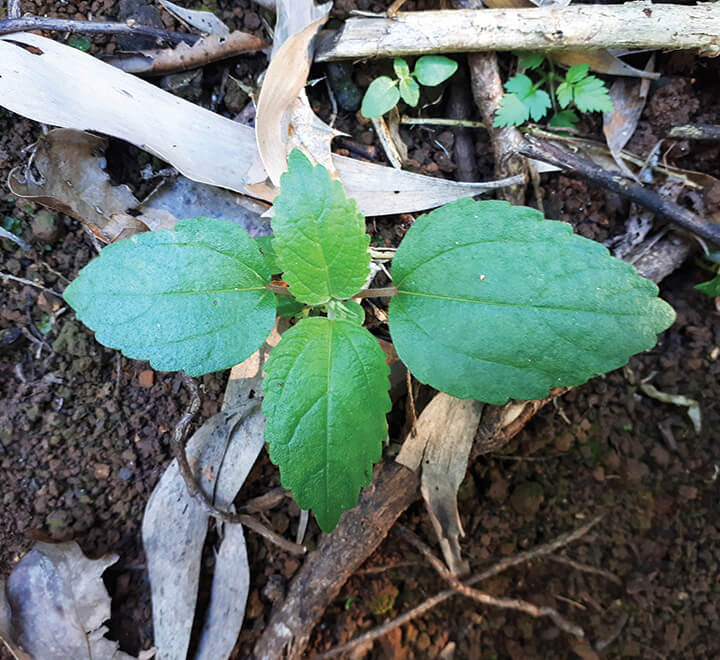

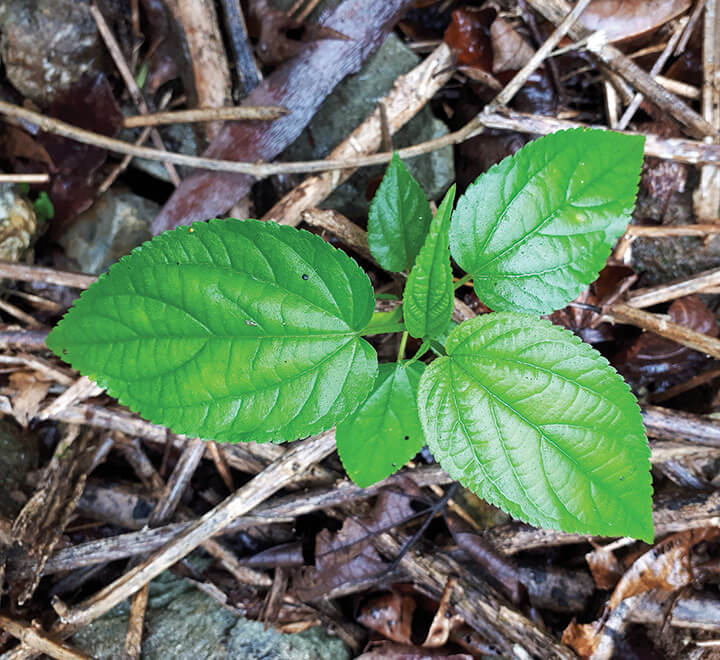
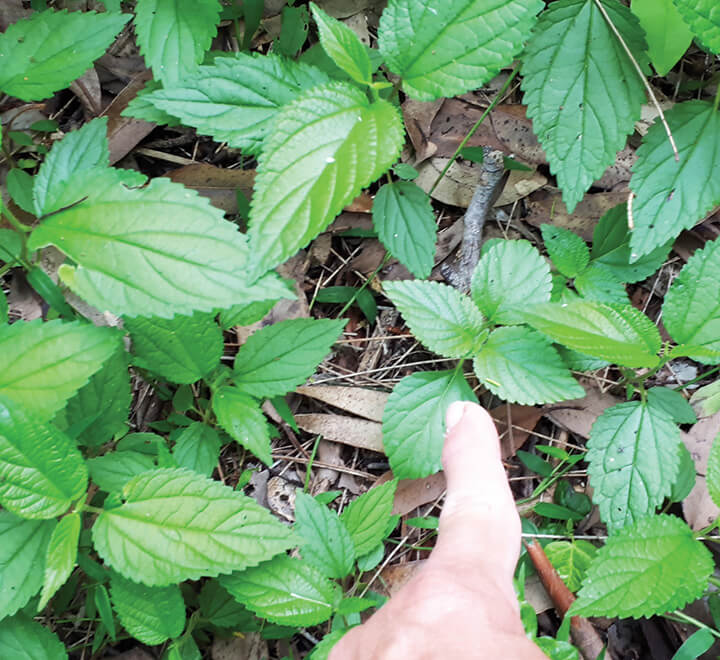
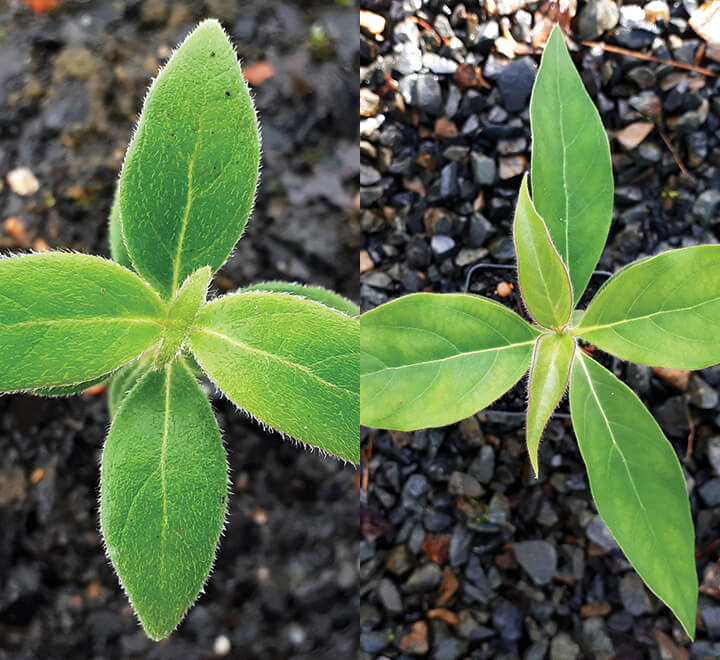
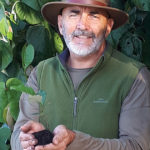
Hi Russel, would you be able to post a photograph of a seedling pipturus-argenteus. We have several plants we believe could be this species but unsure. We have been removing this plant in the past believing them to be weeds. Thanks
Hi Peter,
Sorry, I just found this, as there was no notification.
Please email me rustleinthetrees@outlook.com if you still need assistance.